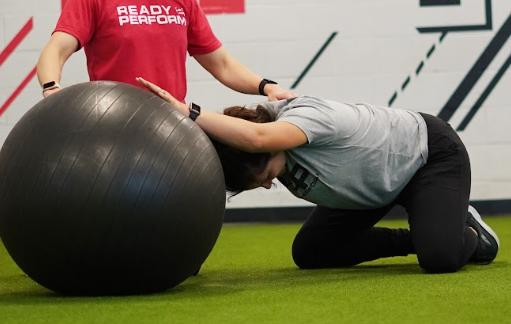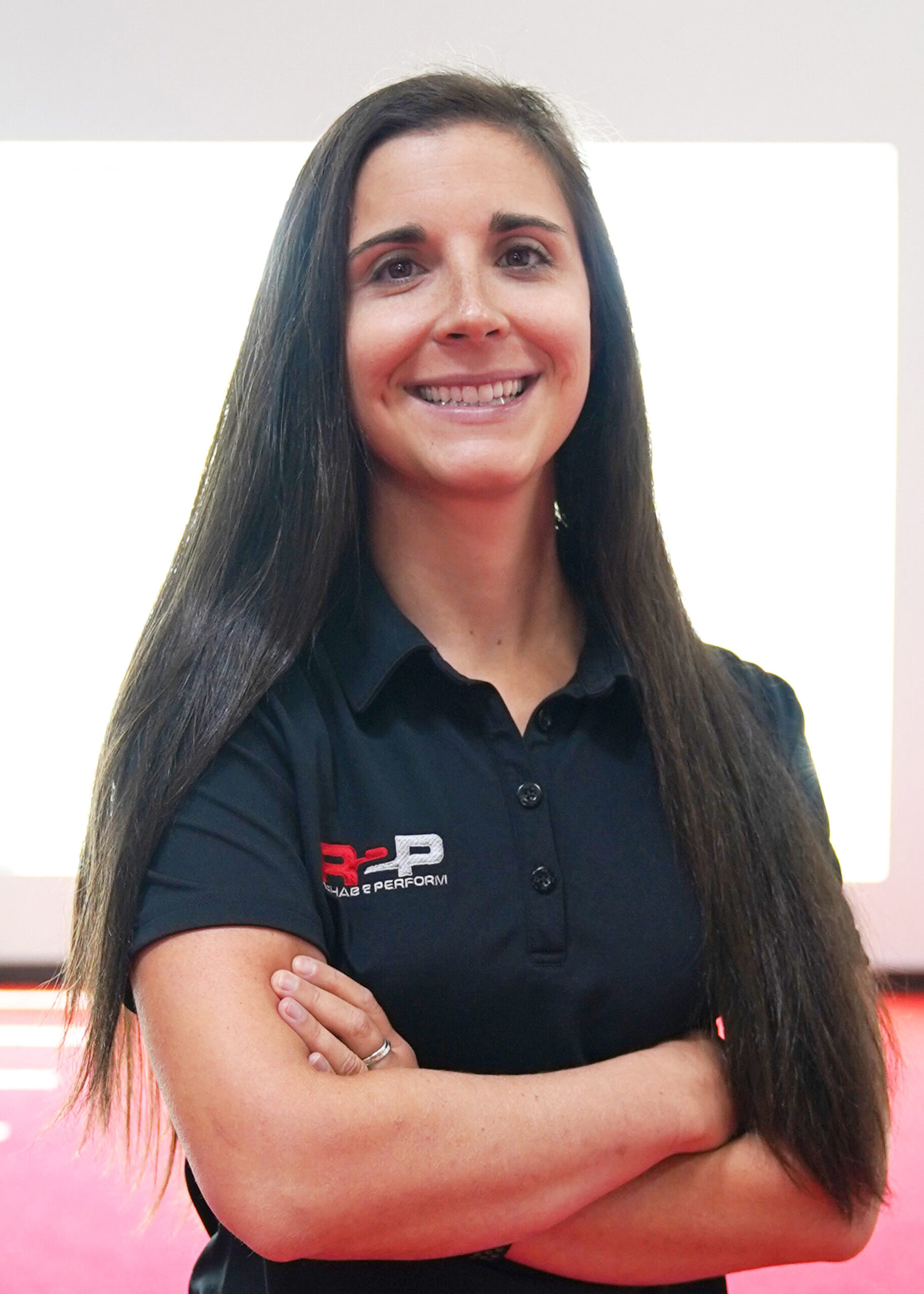Diastasis Recti During Pregnancy: Prevention & Early Management

Diastasis Recti – Your guide to protecting your core from the start
If you’re pregnant and noticing some changes in how your core feels or looks, you’re not alone—and you might be experiencing diastasis recti. As a pelvic health physical therapist (and yes, a mom who’s been through it myself), I want to help you understand what diastasis is and what to do early on to support your body through pregnancy and beyond.
At Rehab 2 Perform, we believe knowledge is power—especially when it comes to your body. So let’s dive into what you need to know to stay strong, supported, and confident throughout your pregnancy.
What is Diastasis Recti?
Diastasis Recti is a separation of the rectus abdominis muscles (your “six-pack” muscles) along the linea alba, the connective tissue that runs down the middle of your abdomen. It is required during pregnancy as your body makes room for your growing baby—but in some cases, it can become excessive or stick around long after delivery.
Common signs include:
- A visible “doming” or bulge down the midline when sitting up or getting out of bed
- Core weakness or instability
- Lower back discomfort
- Trouble engaging your core with basic movements
Why It Matters
If left unaddressed, diastasis recti can lead to:
- Prolonged core weakness
- Pelvic floor dysfunction
- Back or hip pain
- Poor postpartum recovery
The good news? With early awareness and the right strategies, you can minimize severity, promote healing, and maintain strength safely.
Tips for Prevention & Early Management
Pregnancy doesn’t mean you have to avoid movement—it just means you need to move smarter. Here’s how to protect your core from day one:
Focus on Proper Breathing
- Practice diaphragmatic breathing to connect with your core and pelvic floor.
- Avoid breath holding during movement of effort (like lifting something or rolling out of bed).
Use the “Log Roll” to Get Up
- Instead of sitting straight up from bed, roll to your side, then push up with your arms.
- This avoids unnecessary strain on the abdominal wall if it is movement your body isn’t ready for .
Support Your Movements
- Use belly support bands if needed during longer walks or workouts.
- Train your core during pregnancy to encourage strength in these muscles that are experiencing a lot of change.
Engage in Core-Safe Exercises
These help maintain function and connection without overloading the abdominal wall:
- Pelvic Tilts – Early activation of the deep core
- Heel Slides – Encourage control without pressure
- Modified Side Planks – Help train the obliques safely
- Bird-Dogs – Boost balance and deep core control
- Wall Sits with Breathing – Engage the pelvic floor and glutes without core strain
Don’t Guess, Get Assessed
Every pregnancy is unique, and every body responds differently. If you’re unsure whether you’re dealing with diastasis—or want to make sure you’re on the right track—working with a pelvic health physical therapist can make all the difference.
At Rehab 2 Perform, we assess alignment, breathing patterns, muscle activation, and functional movement so you get a plan tailored to you.
You Deserve a Strong, Supported Pregnancy
Whether you’re a first-time parent or adding another little one to the mix, your body deserves support. With early awareness and a few smart strategies, you can take steps to prevent or minimize diastasis recti and feel more confident in your core strength.
Ready 2 take action?
Schedule an appointment with one of our pelvic health specialists at Rehab 2 Perform today—and let’s build a foundation for a healthy, active pregnancy and postpartum recovery.
This blog is for educational purposes and should not replace professional medical advice. Always consult with your provider before beginning a new exercise program.
- Dr. Jamie Schindler, DPT, SCS, CSCS, Pelvic Health Specialist & Area Director- Annapolis & Gambrills

About Rehab 2 Perform
Rehab 2 Perform is a leading physical therapy and sports rehabilitation company dedicated to helping clients achieve optimal performance in their daily lives, whether they are athletes, weekend warriors, or individuals recovering from injury. With a team of highly skilled professionals across 11 state-of-the-art locations (soon to be 12), Rehab 2 Perform offers a personalized, evidence-based approach that emphasizes active rehabilitation and functional fitness. Find a Location near you, or Schedule Here.
